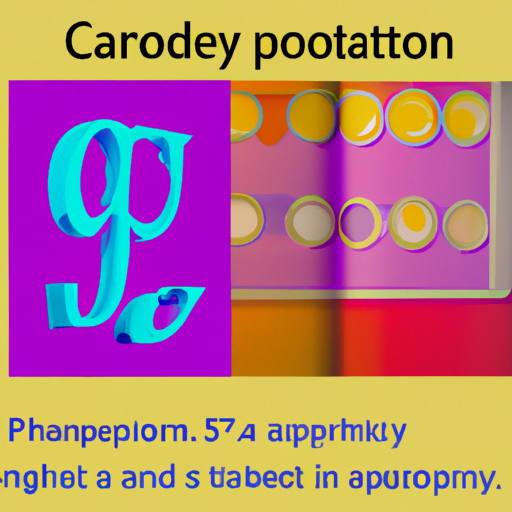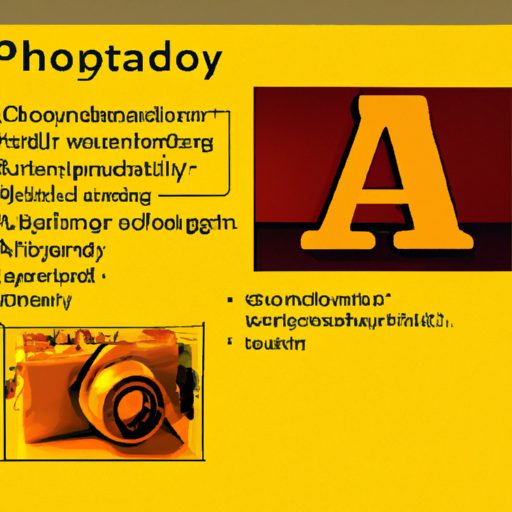
-
Table of Contents
Understanding Typeface Classification

Typography plays a crucial role in design, and one of the key elements of typography is typeface classification. Typeface classification refers to the categorization of different typefaces based on their visual characteristics and historical context. Understanding typeface classification is essential for designers, typographers, and anyone involved in the world of typography. In this article, we will explore the different typeface classifications, their characteristics, and their applications.
The History of Typeface Classification
Typography has a rich history that dates back to the invention of movable type by Johannes Gutenberg in the 15th century. Over the centuries, different typefaces emerged, each with its unique style and purpose. The need to classify typefaces arose as the number of available typefaces increased, making it challenging to categorize and differentiate them.
The first systematic classification of typefaces was proposed by Maximilien Vox in the 1950s. Vox’s classification system, known as the Vox-ATypI classification, became widely accepted and is still used as a basis for typeface classification today.
The Vox-ATypI Classification System
The Vox-ATypI classification system categorizes typefaces into several broad categories based on their visual characteristics. These categories include:
- Serif: Serif typefaces have small decorative strokes, known as serifs, at the ends of the main strokes. They are often associated with tradition, elegance, and readability. Examples of serif typefaces include Times New Roman, Georgia, and Baskerville.
- Sans Serif: Sans serif typefaces do not have serifs. They are often associated with modernity, simplicity, and clarity. Examples of sans serif typefaces include Arial, Helvetica, and Futura.
- Script: Script typefaces mimic handwriting or calligraphy. They are often associated with elegance, formality, and creativity. Examples of script typefaces include Brush Script, Edwardian Script, and Lobster.
- Display: Display typefaces are designed for use at large sizes, such as headlines or titles. They often have unique and exaggerated letterforms, making them eye-catching and attention-grabbing. Examples of display typefaces include Impact, Cooper Black, and Broadway.
- Monospaced: Monospaced typefaces have equal spacing between each character, regardless of their width. They are often used in programming or typewriter contexts. Examples of monospaced typefaces include Courier, Consolas, and Monaco.
Subcategories within Typeface Classification
Within each broad category, there are further subcategories that provide more specific classifications based on additional characteristics. These subcategories help to differentiate typefaces within the same broad category. Some common subcategories include:
- Old Style: Old style typefaces are characterized by their organic and calligraphic forms. They have diagonal stress and moderate contrast between thick and thin strokes. Examples of old style typefaces include Garamond and Caslon.
- Transitional: Transitional typefaces bridge the gap between old style and modern typefaces. They have increased contrast between thick and thin strokes and more vertical stress. Examples of transitional typefaces include Baskerville and Times New Roman.
- Modern: Modern typefaces, also known as Didone or neoclassical typefaces, emerged in the late 18th century. They have high contrast between thick and thin strokes and vertical stress. Examples of modern typefaces include Bodoni and Didot.
- Humanist: Humanist typefaces are inspired by humanist handwriting and calligraphy. They have moderate contrast and diagonal stress. Examples of humanist typefaces include Gill Sans and Frutiger.
- Geometric: Geometric typefaces are based on geometric shapes and have a clean, minimalist appearance. They often have low contrast and are associated with modernist design. Examples of geometric typefaces include Futura and Avant Garde.
Applications of Typeface Classification
Understanding typeface classification is essential for designers and typographers as it helps them make informed decisions about which typefaces to use in different contexts. Here are some applications of typeface classification:
- Brand Identity: Typefaces play a crucial role in establishing a brand’s identity. Different typefaces evoke different emotions and convey different messages. For example, a luxury brand may choose a serif typeface to convey elegance and tradition, while a tech startup may opt for a modern sans serif typeface to convey a sense of innovation and simplicity.
- Readability and Legibility: Different typefaces have varying levels of readability and legibility, depending on their design characteristics. Serif typefaces are generally considered more readable in long blocks of text, while sans serif typefaces are often preferred for digital screens due to their legibility at small sizes.
- Hierarchy and Emphasis: Typefaces can be used to create visual hierarchy and emphasize specific elements in a design. Display typefaces, with their unique and eye-catching letterforms, are often used for headlines or titles to grab attention, while more subtle typefaces are used for body text.
- Contextual Fit: Different typefaces are suitable for different contexts and design styles. For example, a vintage-themed design may call for an old style or script typeface, while a minimalist design may require a geometric or sans serif typeface.
Conclusion
Typeface classification is a fundamental aspect of typography that helps designers and typographers make informed decisions about which typefaces to use in different contexts. The Vox-ATypI classification system provides a framework for categorizing typefaces based on their visual characteristics. Understanding typeface classification allows designers to create visually appealing and effective designs that convey the desired message and evoke the intended emotions. By considering the history, characteristics, and applications of different typeface classifications, designers can elevate their typographic choices and create impactful designs.
